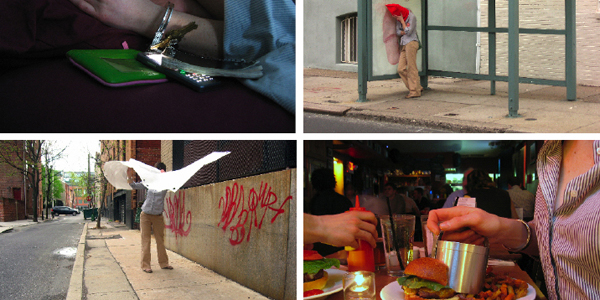
THURSDAY, Feb. 17 (HealthDay News) — Patients struggling with chronic fatigue syndrome may be helped the most when standard treatment is coupled with cognitive behavior therapy or exercise therapy, new British research suggests.
The apparent promise of cognitive behavior therapy and "graded exercise therapy" offers considerable hope to patients combating the complex condition characterized by profound tiredness, impaired concentration, diminished memory, sleep difficulties and muscle and joint pain, the study authors said.
The findings also support the somewhat controversial notion that incremental adjustments in physical behavior and/or mental attitude can ultimately have a positive impact on the disorder, the authors said.
The standard intervention, known as specialist medical care, is centered around giving patients information about their condition, advice on how to manage symptoms and assistance with coping approaches.
The research team behind the new study found little appreciable benefit with a third alternate therapeutic approach that focuses on helping patients strictly structure their activity and relaxation routines to match their severely reduced energy levels. this strategy, known as "adaptive pacing therapy," assumes that chronic fatigue syndrome is not, in fact, reversible with behavioral changes.
"Patients who received either graded exercise therapy or cognitive behavior therapy reported less fatigue and better function than those who received either adaptive pacing therapy or specialist medical care alone," said study author Dr. Peter D. White, a professor of psychological medicine at Barts and the London School of Medicine, and a psychiatrist at St Bartholomew's Hospital in London.
White and his colleagues report their findings in the Feb. 18 online edition of The Lancet.
The authors noted that it is not yet understood what gives rise to chronic fatigue syndrome (CFS).
The cognitive behavioral therapy targets the building fear and avoidance of activity that can exacerbate CFS. In effect, it seeks to break a vicious cycle in which mental inhibitions actually perpetuate and aggravate the underlying chronic fatigue.
Exercise therapy, also known as "GET," tries to reduce fatigue and disability by gradually helping patients increase their activity levels to improve their overall physical fitness.
To explore which therapies or combinations of therapies might be best, 641 chronic fatigue patients from four different rehabilitation centers in Britain were divided up into one of four groups. over the course of a year, all got standard specialist medical care, while three of the groups received one additional treatment: pacing therapy, cognitive therapy or exercise therapy.
White and his team found the greatest improvements in terms of both fatigue levels and physical function were experienced by those patients who were treated with standard therapy in combination with either cognitive therapy or exercise therapy.
What's more, patients who got a combination of standard treatment and pacing therapy fared no better than those who got standard treatment alone.
Specifically, 60 percent of the standard/cognitive or standard/GET patients experienced fatigue and function improvements, while 30 percent reported "normal levels" of fatigue and function. half as many of the standard therapy alone or standard/pacing patients reported normal fatigue and function levels.
White noted that all the treatments were equally safe, and serious reactions were rare.
"Patients now have a choice of two moderately effective and safe treatments that can help them towards a healthier life," he said.
Dr. Nancy Klimas, chief medical officer at the Chronic Fatigue Center at the University of Miami Miller School of Medicine, noted that the merits of various therapeutic approaches to chronic fatigue syndrome are still a matter of debate.
"But here Dr. White is saying that cognitive behavioral therapy and graded exercise are moderately helpful, but not curative," she said. "and I would agree with that."
"On the other hand, it's also important to note that when we talk about helping patients increase their activity levels, we're talking about people who have very limited amounts of energy," Klimas added. "and you have to work within this 'energy envelope,' because if you push beyond the threshold they will relapse. So often, what we're talking about is about five minutes of exercise before taking a rest."
"In any case, I look at this as a first step," she said, "and anticipate more effective therapies, based on a better understanding of the biology of the illness, in the future."
More information
For more on chronic fatigue syndrome, visit the U.S. Centers for Disease Control and Prevention.